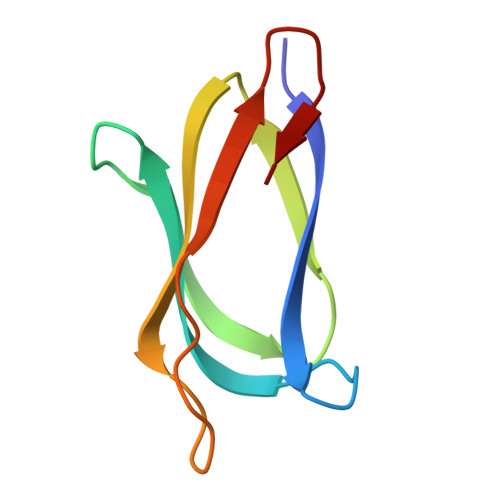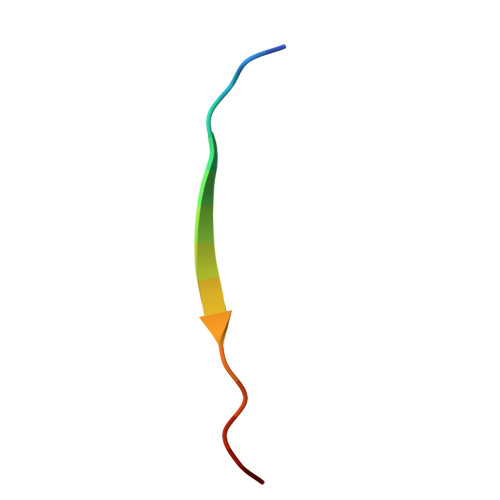ALS-ENABLE: creating synergy and opportunity at the Advanced Light Source synchrotron structural biology beamlines.
Ralston, C.Y., Gupta, S., Del Mundo, J.T., Soe, A.C., Russell, B., Rad, B., Tyler, J., Paul, S., Kahan, D.N., Kristensen, L.G., Subramanian, S., Kidd, S., Burnett, K., Sankaran, B., Classen, S., Prigozhin, D.M., Taylor, J.R., Dickert, J.M., Royal, K.B., Rozales, A., Ortega, S.L., Allaire, M., Nix, J.C., Hura, G.L., Holton, J.M., Hammel, M., Adams, P.D.(2025) J Synchrotron Radiat 32: 1059-1067
- PubMed: 40531663
- DOI: https://doi.org/10.1107/S1600577525004205
- Primary Citation of Related Structures:
9OJ3 - PubMed Abstract:
ALS-ENABLE is an integrated NIH P30 resource at the Advanced Light Source synchrotron at Lawrence Berkeley National Laboratory in Berkeley, California, USA. The resource provides a single portal to the combined mature structural biology technologies of macromolecular crystallography, small-angle X-ray scattering and X-ray footprinting mass spectrometry, and includes beamlines 2.0.1, 3.3.1, 4.2.2, 5.0.1, 5.0.2, 5.0.3, 8.2.1, 8.2.2, 8.3.1 and 12.3.1. This paper describes the organizational structure and the technologies of ALS-ENABLE. A case study showcasing the main technologies of the resource applied to the characterization of the SpyCatcher-SpyTag protein system is presented.
- Molecular Foundry Division, Lawrence Berkeley National Laboratory, Berkeley, CA 94720, USA.
Organizational Affiliation:



















